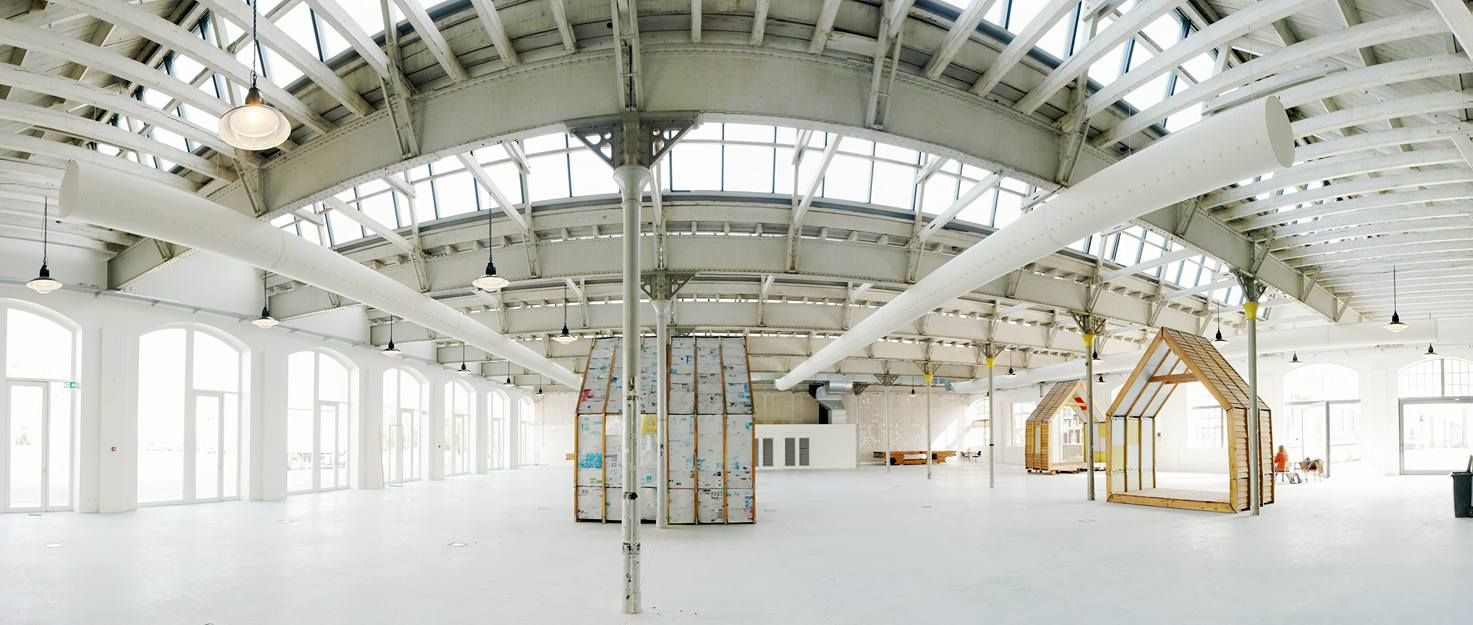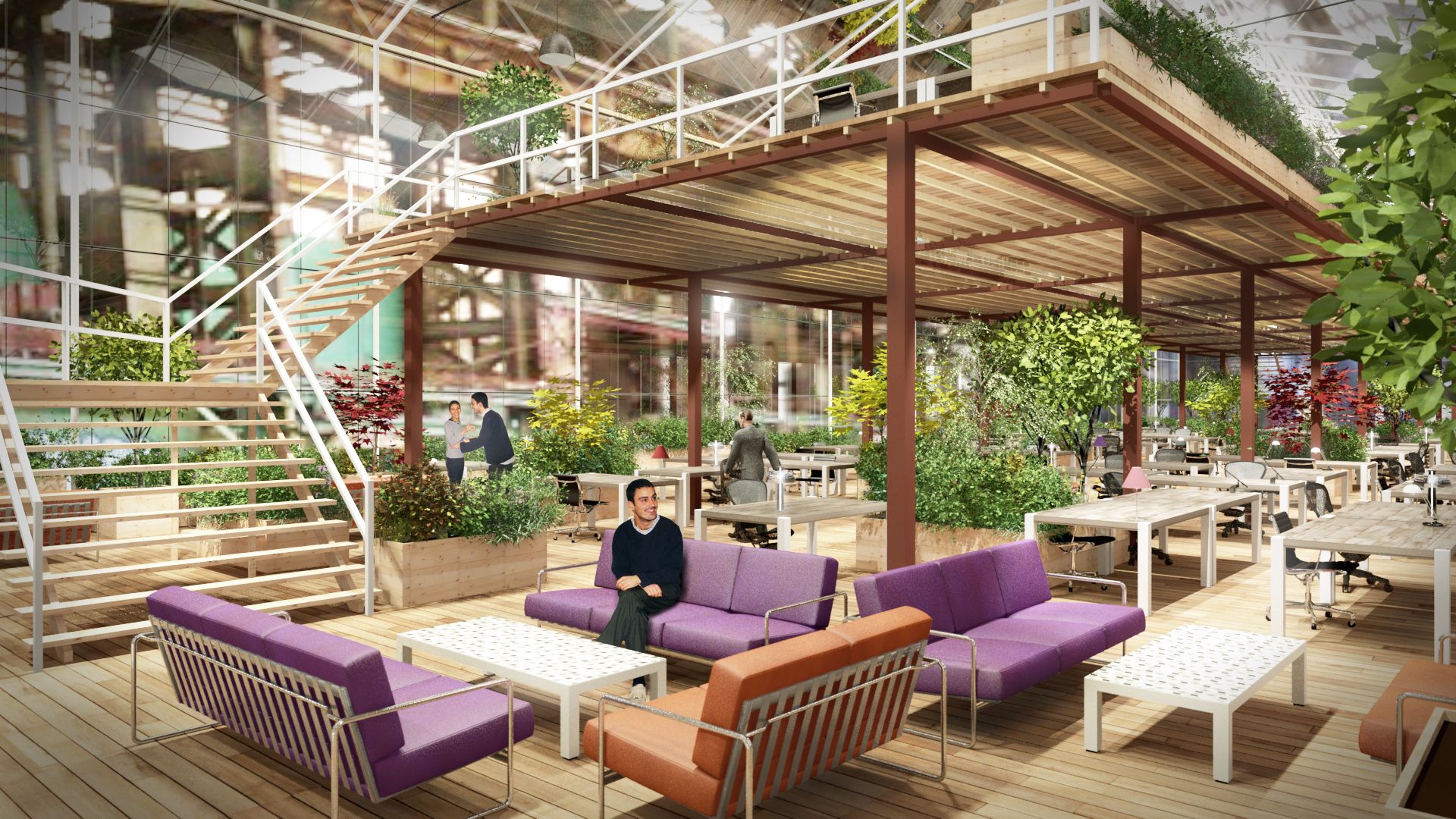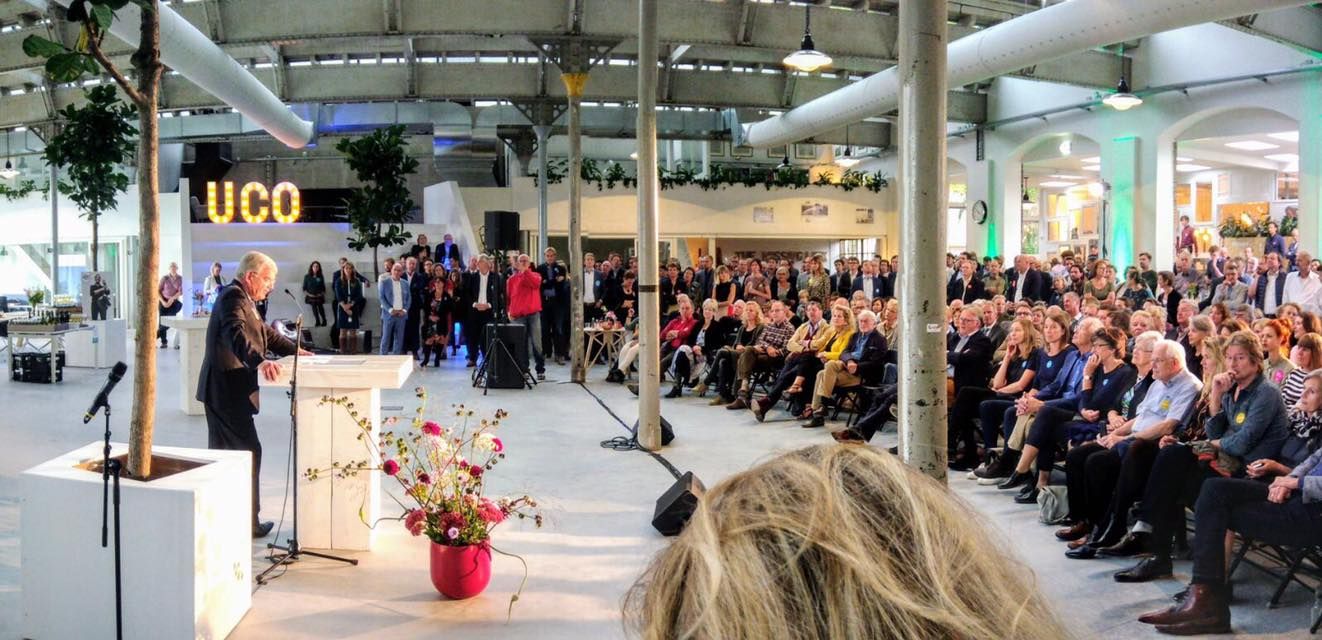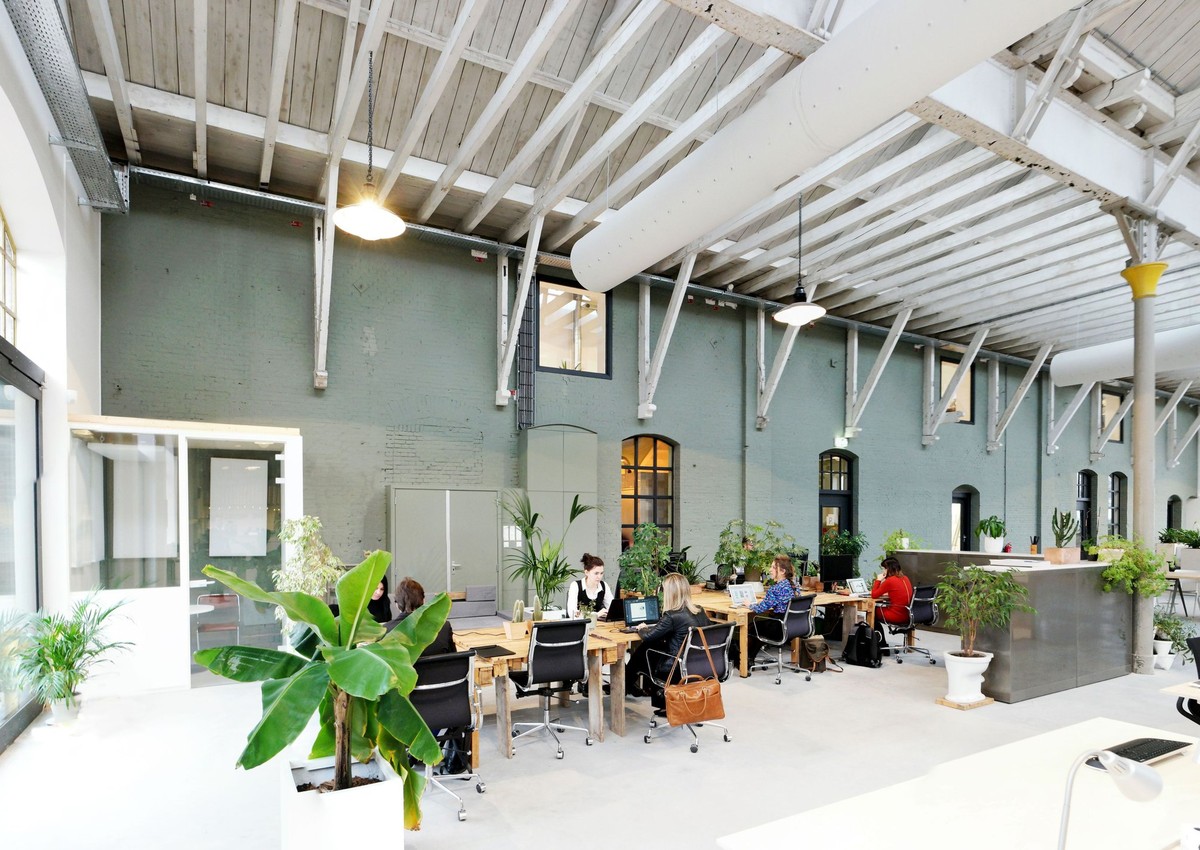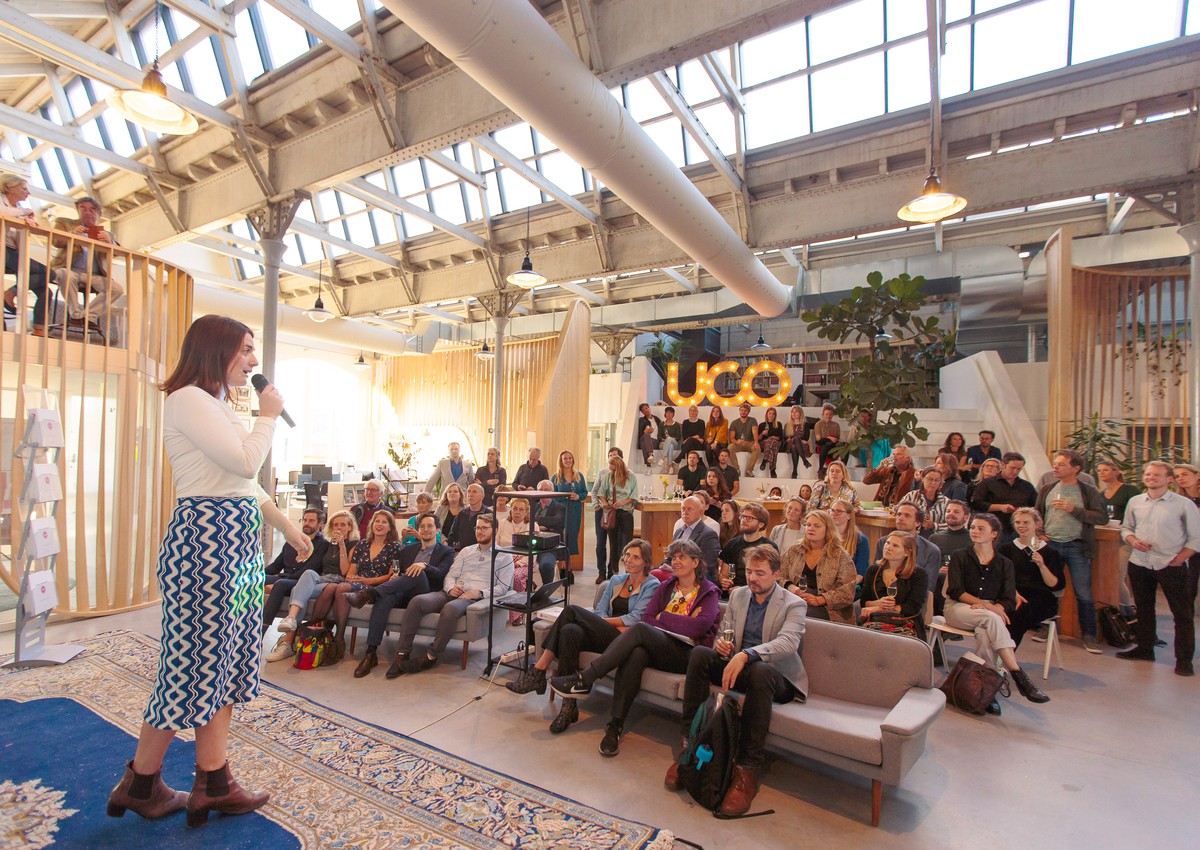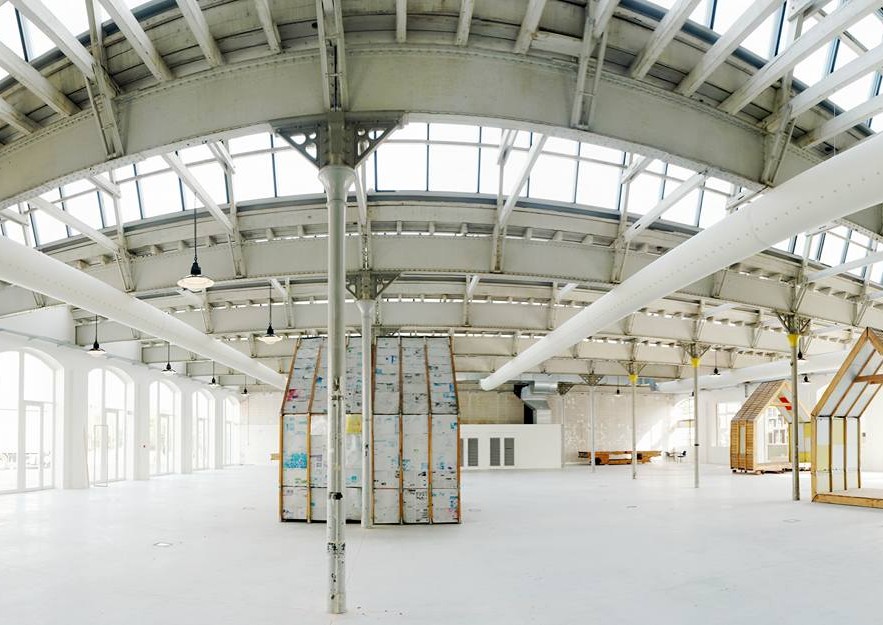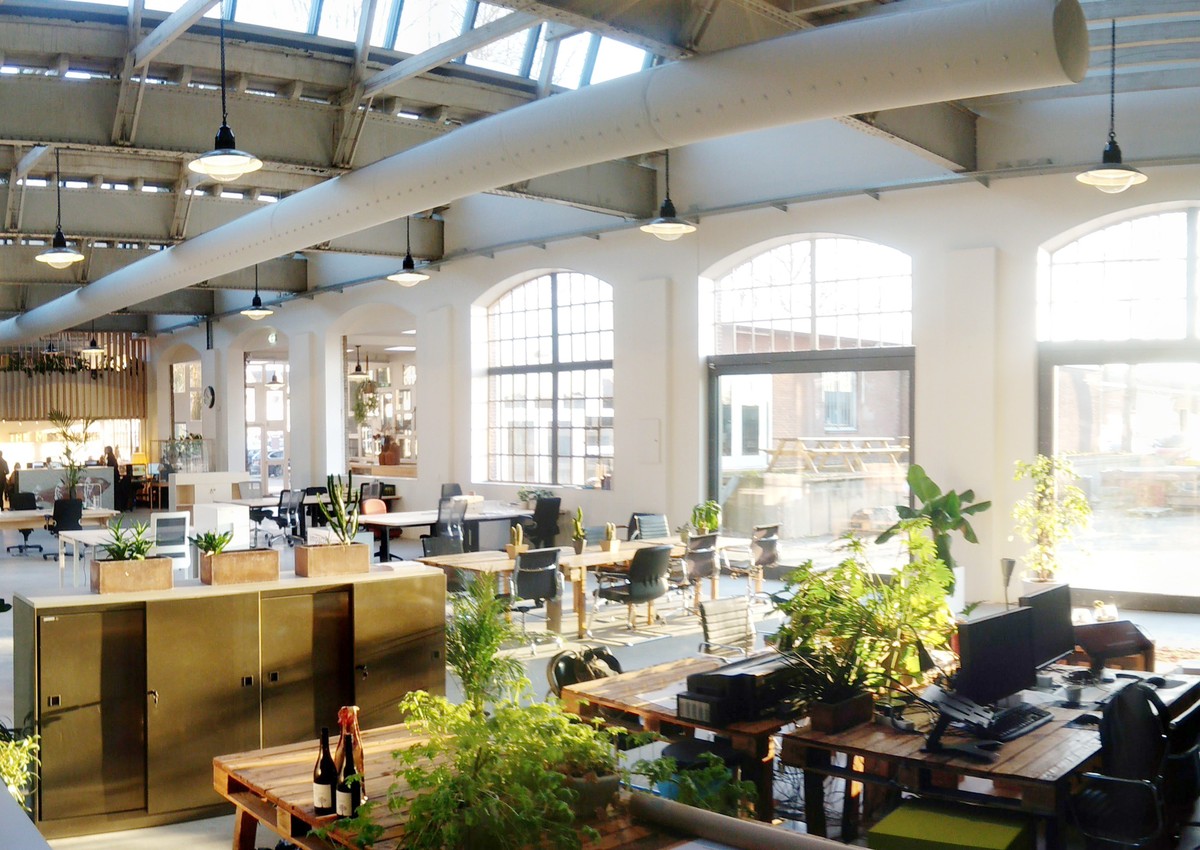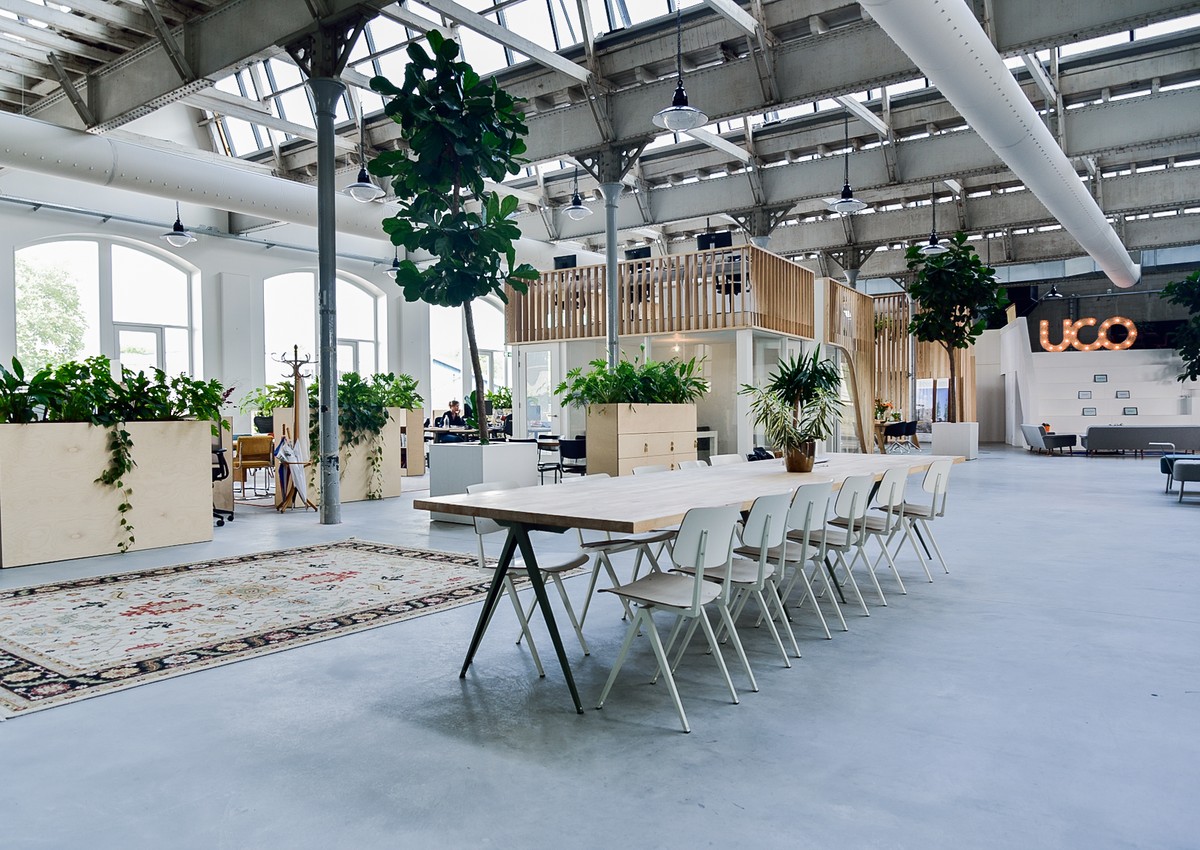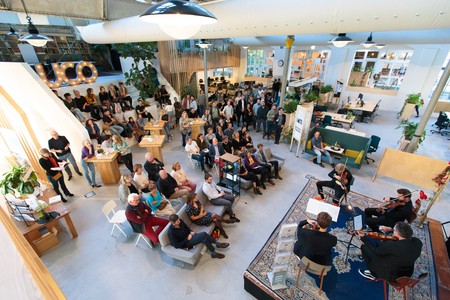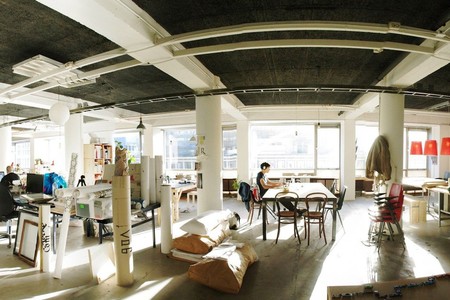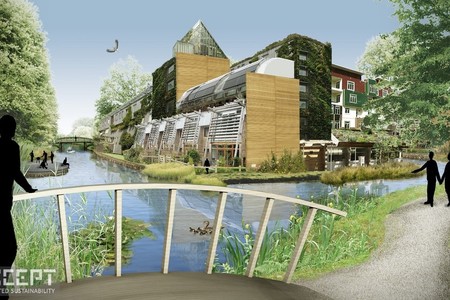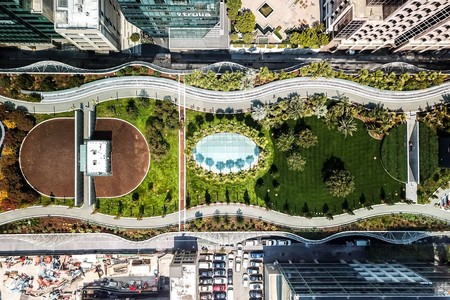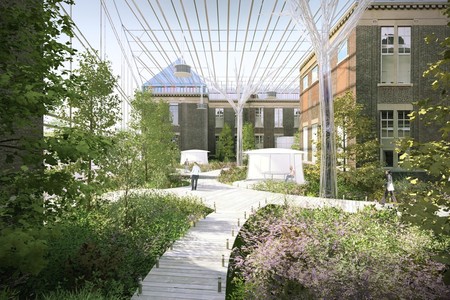Innovation communities (ICs) combine the best of the corporate world with an entrepreneurial spirit and minimize the downsides. These flexible business models react quickly to market changes, create new and engaging innovations, are multi-disciplinary, and help generate a truly sustainable urban design.
What is an innovation community?
ICs offer a new way of working and help to realize a truly shared space that is often spoken of but never done well. They are next-generation collaborative workplaces that combine community with flexible and open office space.
An innovation community is:
- made up of sustainably-minded and socially-driven individuals
- a home to entrepreneurs, freelancers, and small businesses
- focused on the long-term, both in terms of projects and partnerships
- a place to share, collaborate and learn from each another
- open to new ideas and working together to achieve a common goal
Since the early 2000s, Except has helped develop several ICs as part of our portfolio of sustainable development services. They range from business incubators for recent graduates to professional research organizations and established businesses but have the same inherent philosophy.
With our experience in this sector, we have more recently partnered with governments and larger companies around the world with a more complete service for ICs development, whether that be business advice or providing a complete turn-key development.
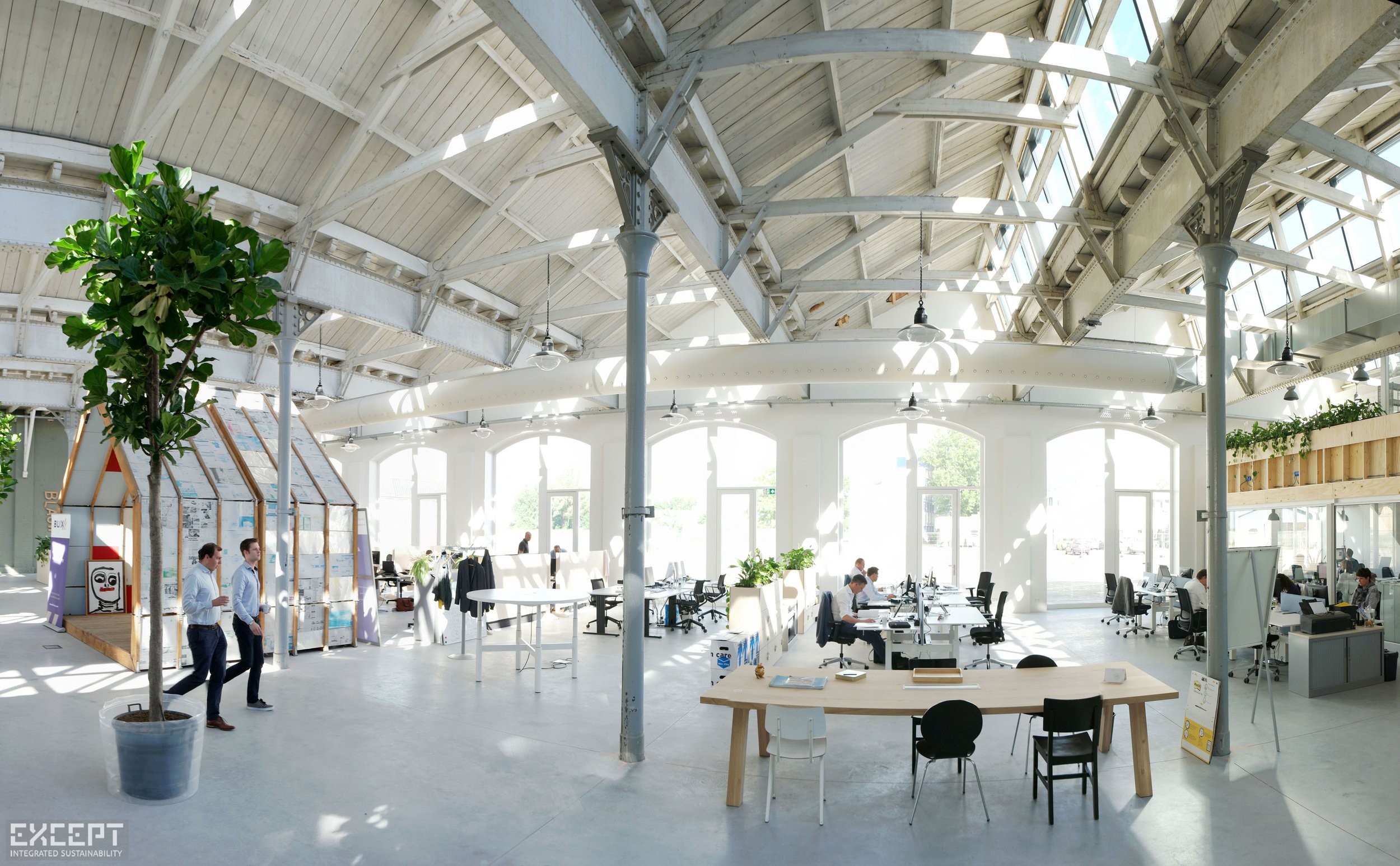
Innovative architecture and design
The type and design of the building that houses the community are vitally important but not the end goal. After all, a resilient community can exist without a physical structure. If something were to happen to a space, then a strong community could continue, albeit in a slightly different way, at another location.
In saying that, our built environment significantly affects our moods, how we cooperate, and our ability to analyze and approach problems. Hence, ICs tend to gravitate to structures that are not only sustainable but are beautiful, inspirational, and representative of the values and beliefs of the specific IC using it. In other words, the type and design of a structure will help facilitate the community to achieve its purpose more effectively.
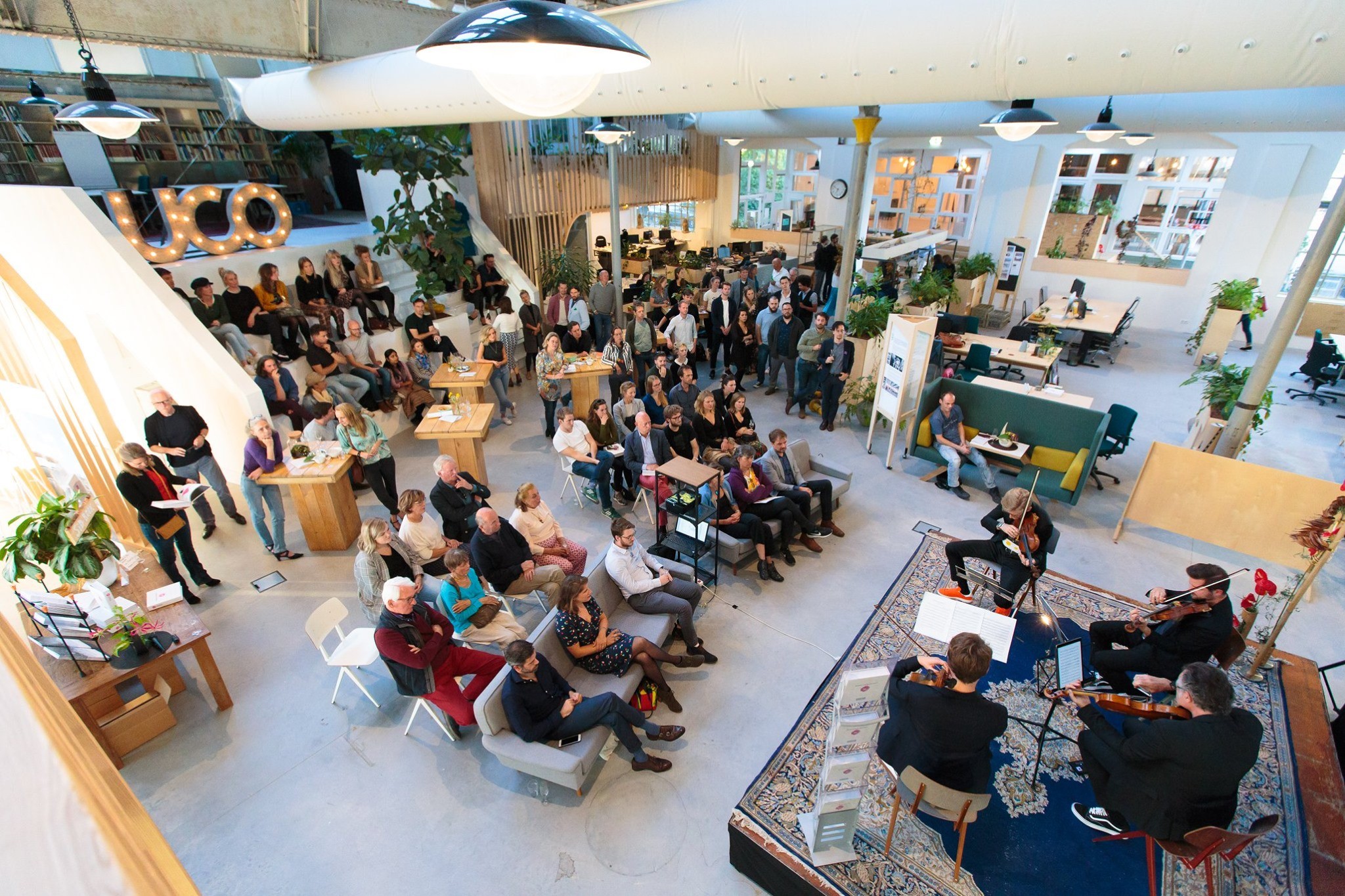
Except's innovation communities are designed for and adjusted to suit local conditions and the community's needs who will be using it. These needs can change over time, and structures must be easily adaptable and modified with minimal fuss and resource use.
In our experience, the most successful ICs find an existing structure, often unused or worn, and rebuild/renovate it to suit. To learn more about the types of sustainable buildings used by innovation communities, please click the following links:
The business case for ICs
There are various ways to set up an IC. Some are based on time-sharing, while others share a physical space. Some are incubators, whereas others are best described as knowledge or networking hubs.
Without a doubt, ICs work best when customized and developed to suit their specific context, whether as an independent entity or as part of a larger company or initiative. Rather than implement pre-determined and rigid business models, Except prefers more flexibility to respond and adapt to their local conditions. From years of experience, we know that ICs:
- are financially independent after their start-up period (usually 2 years)
- find new ways to adapt and continue to evolve with change automatically
- can be set up within already existing companies and structures
- can convert empty/abandoned buildings into an efficient and profitable business
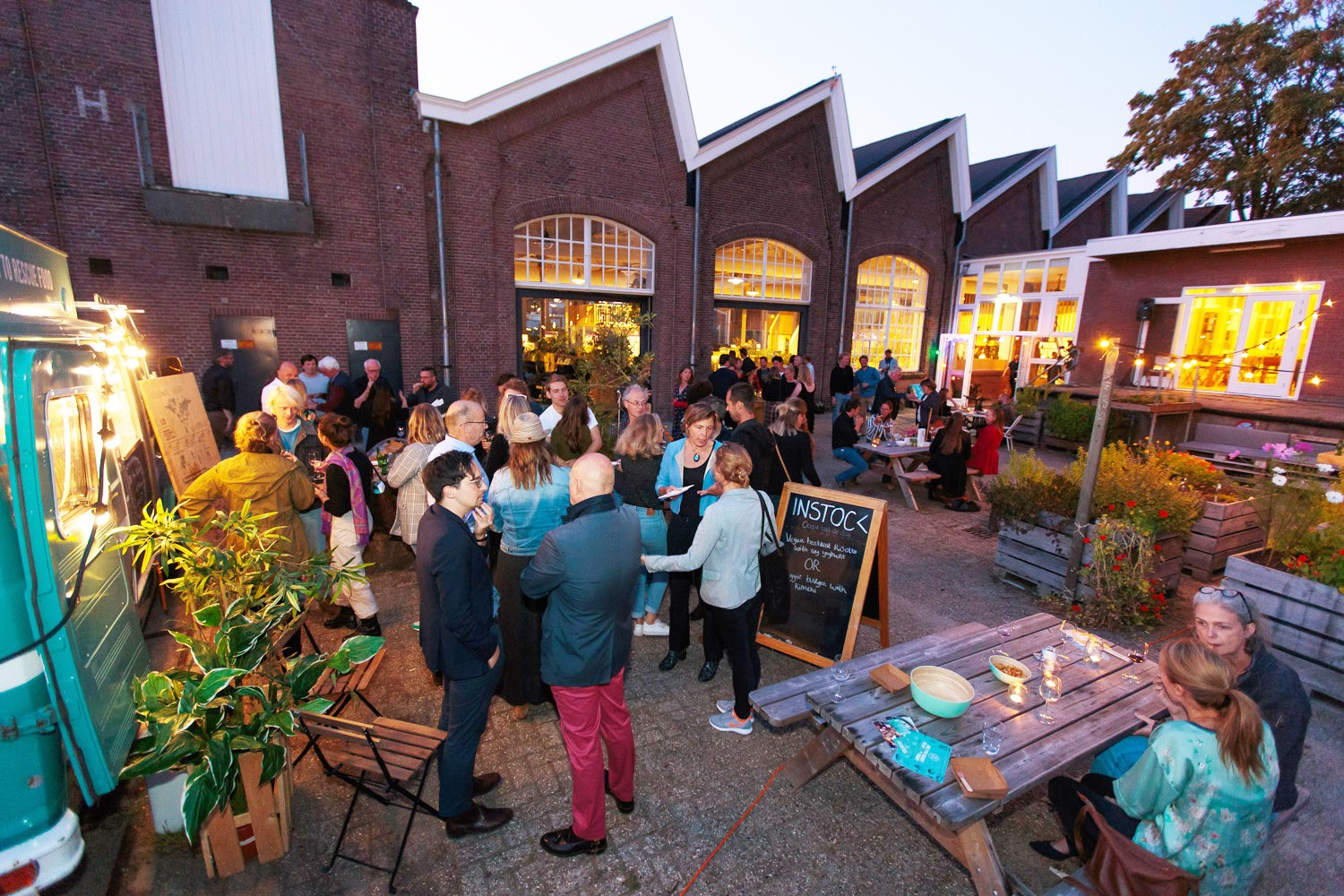
Frequently asked questions
Who are ICs for?
Innovative communities have a lot to offer across many different types of circumstances. For instance, they can be a promising option for a company trying to find new ways of accelerating innovation and development, a city supporting local economies and entrepreneurial growth, all the way to a small business or entrepreneur looking to share and collaborate with others in a like-minded community.
What do ICs do?
IC's are a new type of business model that is customized to suit specific needs and situations, yet always benefiting from Except’s experience. Our world is rapidly changing and we see ICs as a way for creatives, thinkers, and entrepreneurs to bypass the large monolithic companies, and spur on economic and social innovation and invent solutions for tomorrow. ICs are optimized to have the flexibility of a smaller entity (or individual), but still maintain the network of minds, ideas, and cooperative attitudes that can be found in larger groups.
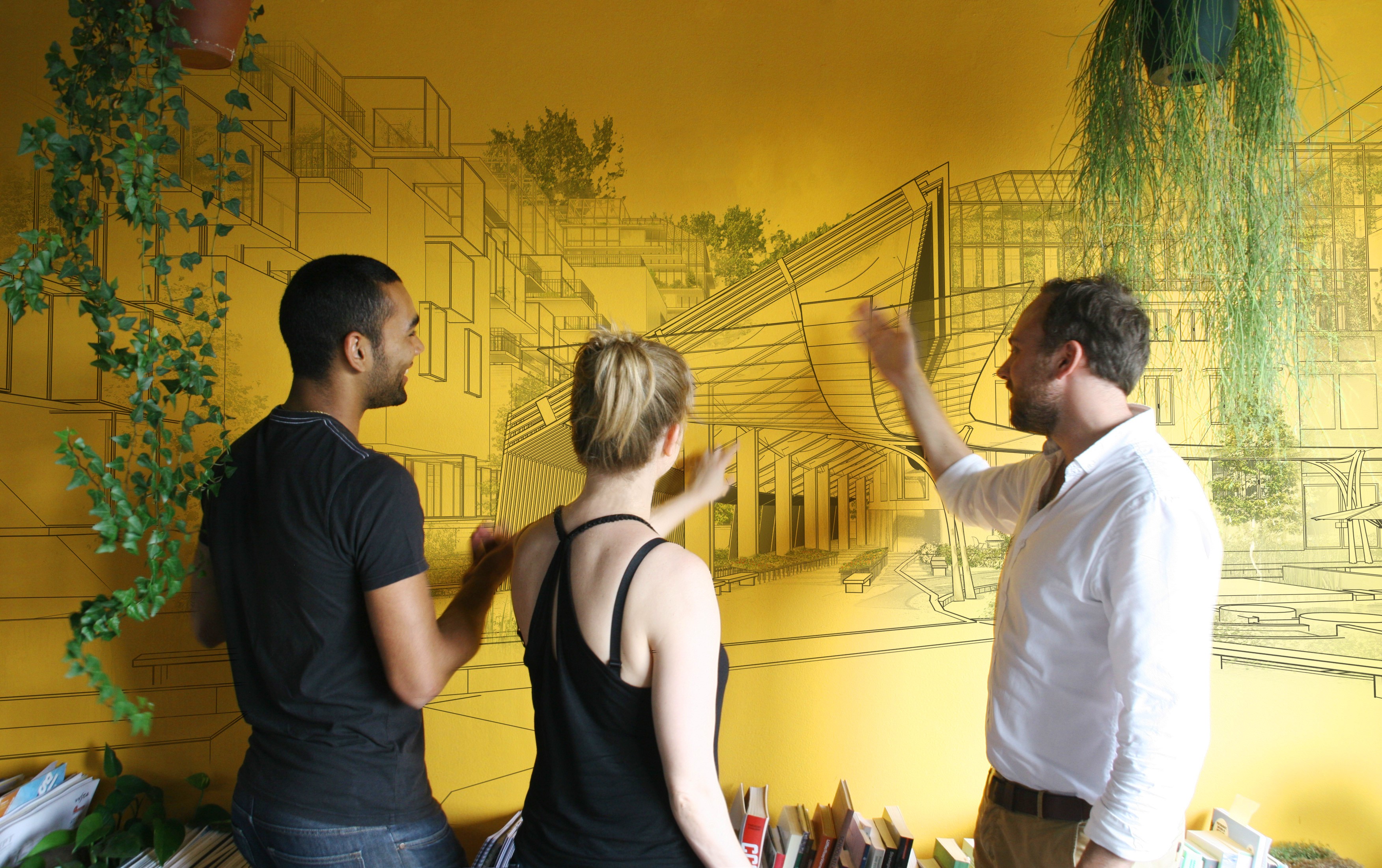
What makes an IC successful?
Currently, the fastest-moving and most innovative companies are those that have highly flexible and resilient corporate structures. These are often made up of groups of independent and relatively autonomous contractors. They seamlessly move between online and offline tools and networks, connect knowledge with abilities, shorten communication lines, and have a high level of personal dedication and energy. Utilizing these individuals to form a community working towards a common social and economic goal is the key to an ICs success.
How do ICs work?
ICs work because they connect innovative individuals to each other as well as the tools and services they need to effectively operate. They allow people to work in a way that best suits, maximizing performance, and inspiring one another to increase productivity. IC's real power comes from its ability for knowledge creation and sharing as well as enabling new network economies to flourish.
What's the benefit to urban centers?
When placed strategically in the urban context, ICs revive local conditions, develop and bring new economic options to the surface, and stimulate social and cultural development. ICs can successfully convert empty real estate into thriving hubs of activity, growth, and sustainability.
Steps we take to set up an IC
1 – Innovation community scan
The IC Scan tells you what type of community will be the most suitable for your specific business, city, or neighborhood, in terms of size, location, and expected outcomes.
2 – Integrated IC development
We oversee the scan, design, and development of ICs from start to finish anywhere in the world. This way, we ensure quality, sustainability, and responsiveness to your organization and community's needs.
3 – Interior design and production
We design and produce sustainable and responsible interiors for all ICs. Putting extra effort into this process ensures that offices are healthy, environmentally friendly, and pleasant to work in. All ICs have custom-built furniture to enhance their atmosphere, functionality, and style, as well as aiming to provide physical and mental comfort for all those using the building.
4 – Innovation community design
During the design phase, we search for and acquire physical structure, develop a business plan, and plan and alter the layout in more detail. Here, we determine the right ingredients of the IC that reap the largest benefits for the community and the management of the IC.

5 – Adaptive building redesign
Except redevelops and adapts older, often unused, empty, and dilapidated buildings when developing any IC. Not only do they bring a sense of history and character, but it also reduces costs, and reduce the community's carbon footprint and other detrimental costs to the environment.
6 – IC management and evolution
We support the day-to-day operational management and consulting for ICs, helping them evolve and stay ahead of the curve in a fast-paced and changing world.
Want to learn more?
Find out what our largest innovation communities are now doing:
Click here to visit Ro-Co (The Rotterdam Collective)
Follow this link to visit UCo (Utrecht Community)
Related items
